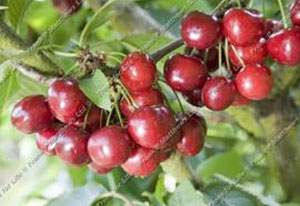
Cherry – Celeste ®
Syn : Sumpaca Van x Newstar. Dark red, large, and of excellent eating quality. Ideal for patio growing due to its naturally dwarf compact habit. (Canada 1990)
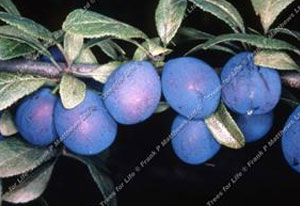
Damson – Farleigh
Very small with a blue-black bloom. Good quality. Known to be very hardy and most likely to crop regularly in northern districts. (Farleigh, Kent 1820)
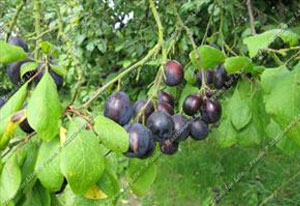
Damson – Merryweather
An unusually large plum sized damson both for dessert and culinary use. Reliable heavy crops. Self fertile. (Nottingham 1907)
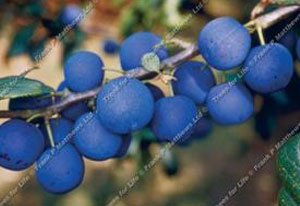
Damson – Shropshire Prune
The ‘Greengage of Damson’. Native of the West Midlands. Small hedgerow damson – very reliable with intense flavour. Similar to the ‘Westmorland’ damson. (Shropshire 17th Century)

Damson – Sweet Prune
The Classic German ‘Hauszwetsche’ sweet prune for traditional plum cake and fresh eating. Size between Shropshire Prune and Merryweather
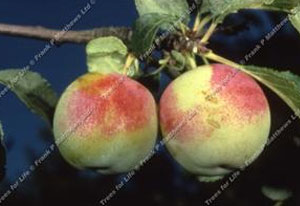
Gage – Early Transparent
A most unusual gage with very sweet golden melting flesh. Large with an attractive red cheek. Regular cropper. (Herts. 19th Century)
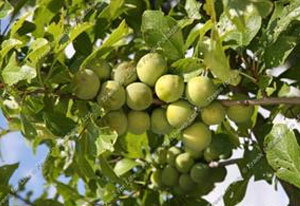
Gage – Old Greengage
This form was selected by the RHS for its excellent old fashioned flavour and more reliable crops. Partially self fertile. (UK)
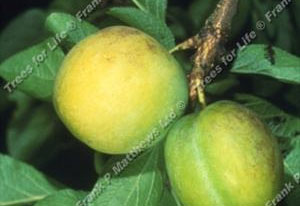
Gage – Oullins Golden
Large, golden yellow fruit of good gage-like flavour. Can be picked early for cooking. Excellent for bottling and freezing. (France 1860)

Mirabelle – de Nancy
Yellow-orange with green tinges and red spots. Very small, roundish-ovate, freestone. Partially self fertile. Resistant to frost. Eat fresh from the tree or use for bottling and preserves. (France 16th Century)
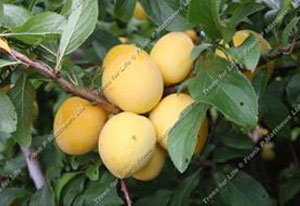
Mirabelle – Golden Sphere ®
Large, yellow almost translucent fruit with golden flesh and a sweet plummy flavour. Partially self fertile.

Mirabelle – Gypsy ®
Large, bright red fruit with a sweet orange flesh. The flavour is sugary and rich. Partially self fertile.
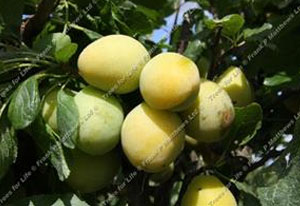
Plum – Yellow Pershore
The fondly named ‘yellow egg’ plum traditional to the West Midlands. A large ,reliable cropper for dessert as well as the ideal bottling plum. Self fertile. (Worcestershire 19th Century)

